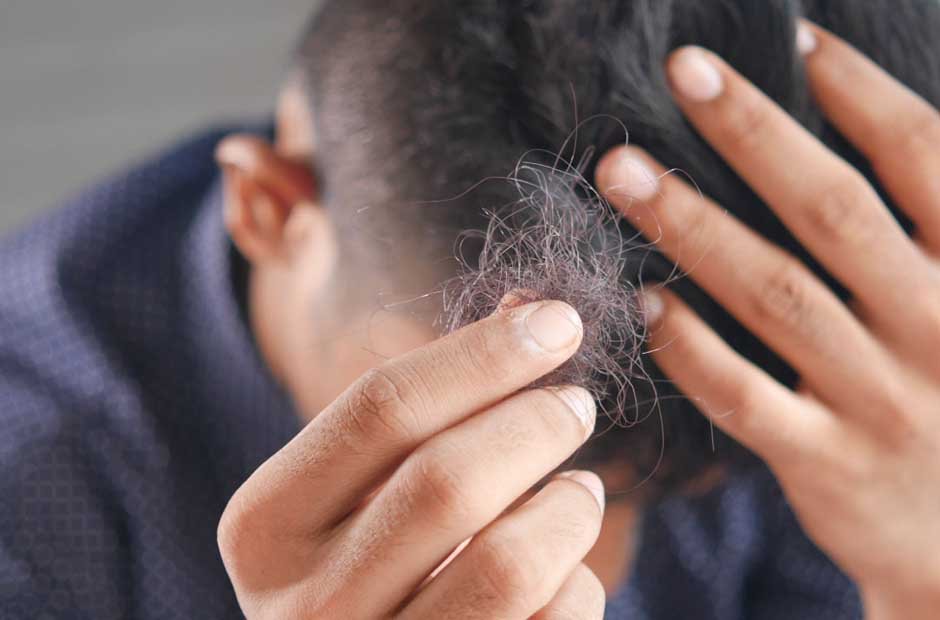Investing in a hair system can transform your appearance and boost your confidence. Whether you wear a partial wig or a toupee, proper maintenance is crucial to ensure its longevity and keep it looking its best. By following a few simple best practices, you can keep your hair system in excellent condition.
In this blog created in collaboration with Lordhair – a global hair system supplier, we will be sharing 6 best practices that will help you to take care of your hair system perfectly:
Regular Cleaning
Regular cleaning is vital to keep your hair system free from dirt, oils, and styling product buildup. The frequency of cleaning depends on factors such as your lifestyle, climate, and personal preferences. However, as a general guideline, it is recommended to wash your hair system every 10 to 14 days.
Proper Storage
When you are not wearing your hair system, proper storage is crucial to maintain its shape and condition. Avoid tossing it haphazardly on a table or stuffing it in a drawer. Instead, invest in a wig stand or a mannequin head specifically designed for storing hair systems. This allows the hair to maintain its shape and prevents tangling or matting. Additionally, cover the hair system with a breathable hair net or a silk scarf to protect it from dust and environmental factors.
Gentle Handling
Handle your hair system with care to prevent unnecessary damage or breakage. Avoid vigorous brushing or combing, as this can lead to hair shedding or loosening of the hairpiece. Instead, use a wide-toothed comb or a wig brush specifically designed for hair systems. Start from the ends and work your way up, gently detangling any knots or tangles. Be cautious when brushing near the base or attachment points to prevent pulling or tearing.
Protect from Heat
Excessive heat can damage the fibers of your hair system. Avoid exposing it to direct high-heat sources such as hair dryers and curling irons. If you wish to style your hair system, opt for heat-free styling methods like rollers or foam curlers. If you do use heat styling tools, ensure they are set to a low or medium heat setting and use a heat protectant spray to minimize damage.
Avoiding Chemicals
Avoid using regular hair products such as hairsprays, gels, or mousses on your hair system, as they may contain alcohol or other chemicals that can damage the hair fibers. Opt for wig-specific styling products that are formulated to be gentle on synthetic or human hair systems. These products are designed to enhance the appearance and longevity of your hair system without causing harm.
Regular Maintenance and Check-ups
Schedule regular maintenance and check-ups with a professional wig stylist or hair system provider. They can assess the condition of your hair system, make any necessary repairs or adjustments, and provide guidance on proper care. Regular maintenance can help prolong the lifespan of your hair system and ensure it continues to look natural and flattering.
Shop hair systems with Lordhair
By following these best practices, you can ensure that your hair system remains in excellent condition, providing you with a natural and confident look. Taking care of your hair system will not only enhance its longevity but also contribute to your overall satisfaction while wearing it.
Always refer to the manufacturer’s guidelines or consult with a professional for personalized advice. If you want any professional help, please feel free to reach Lordhair for assistance.
















